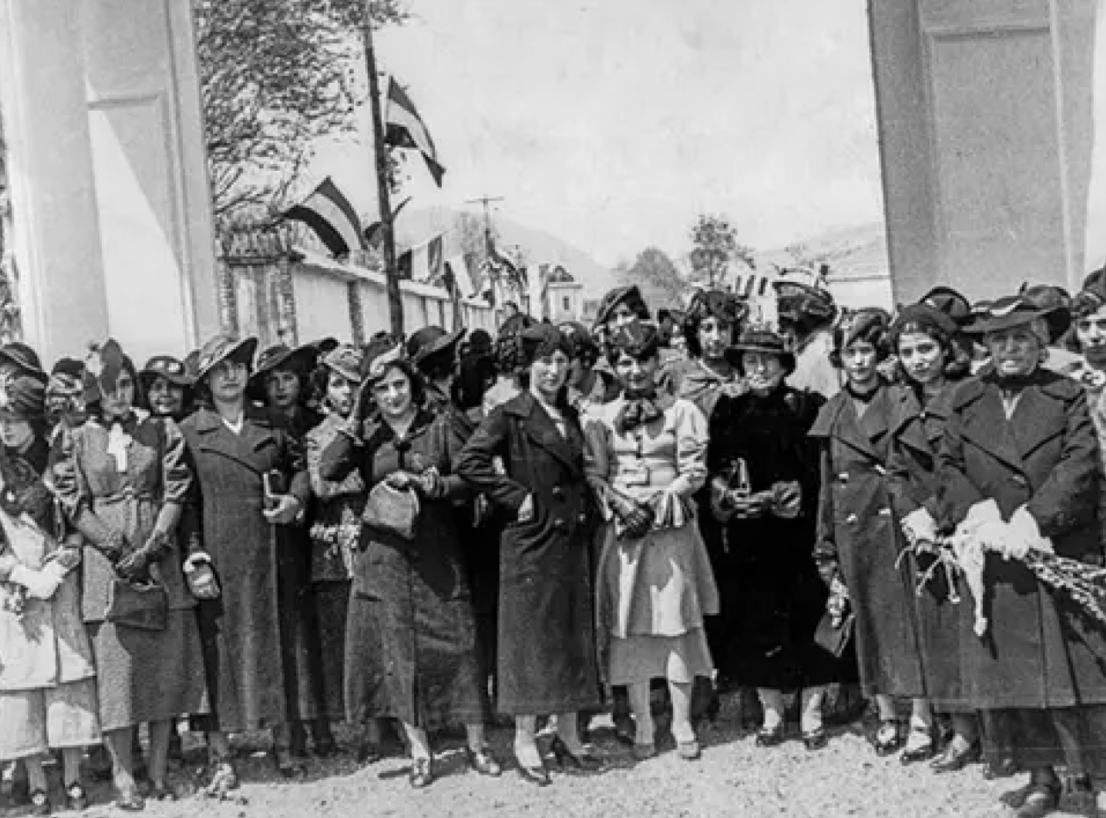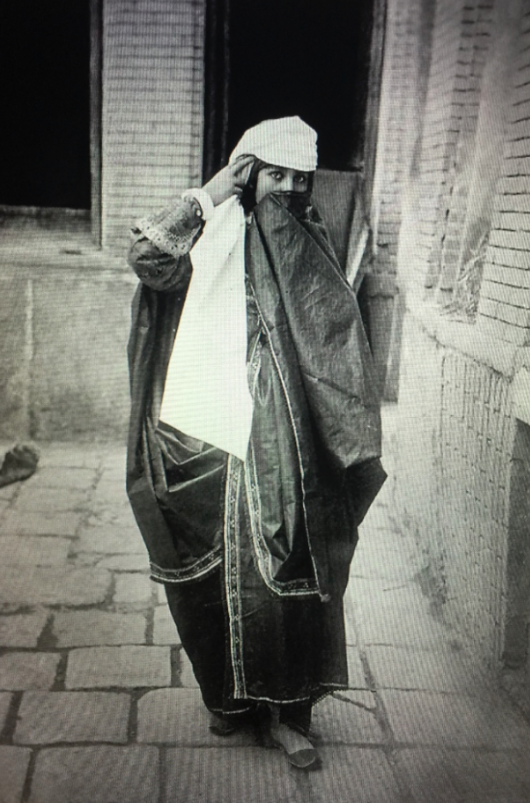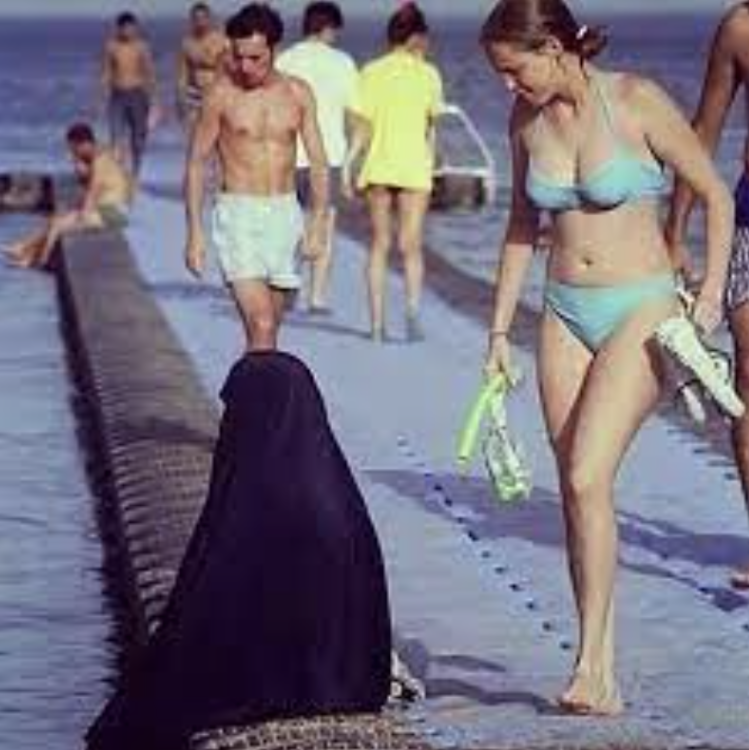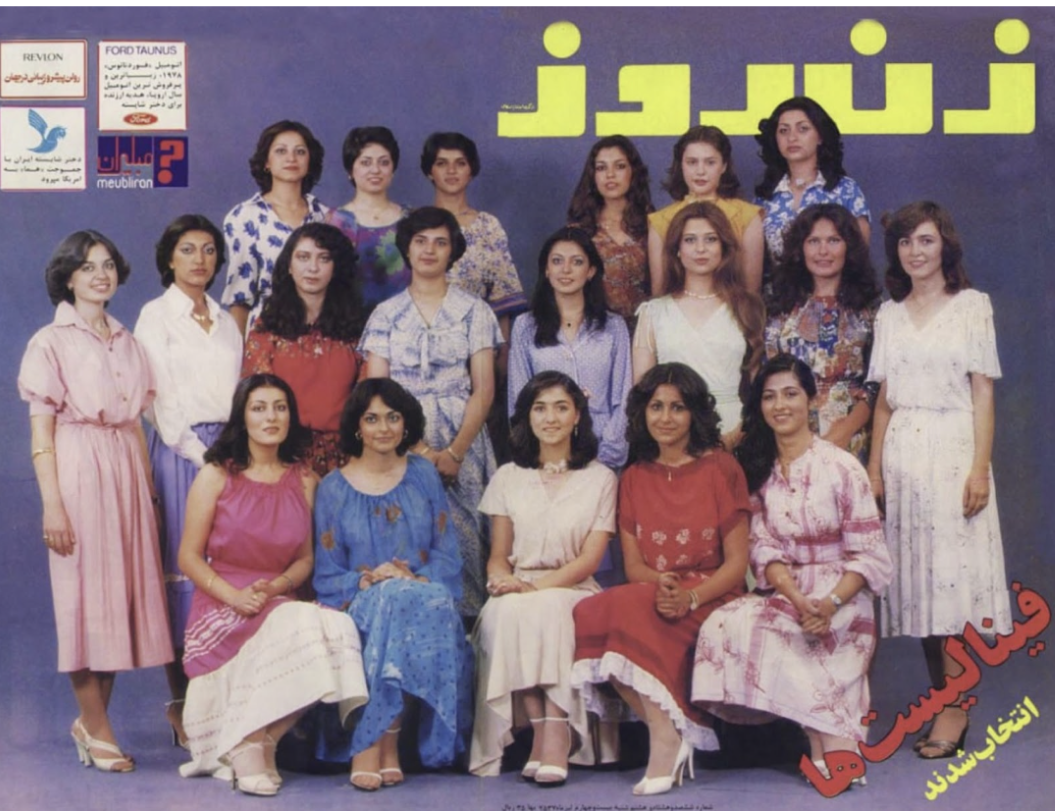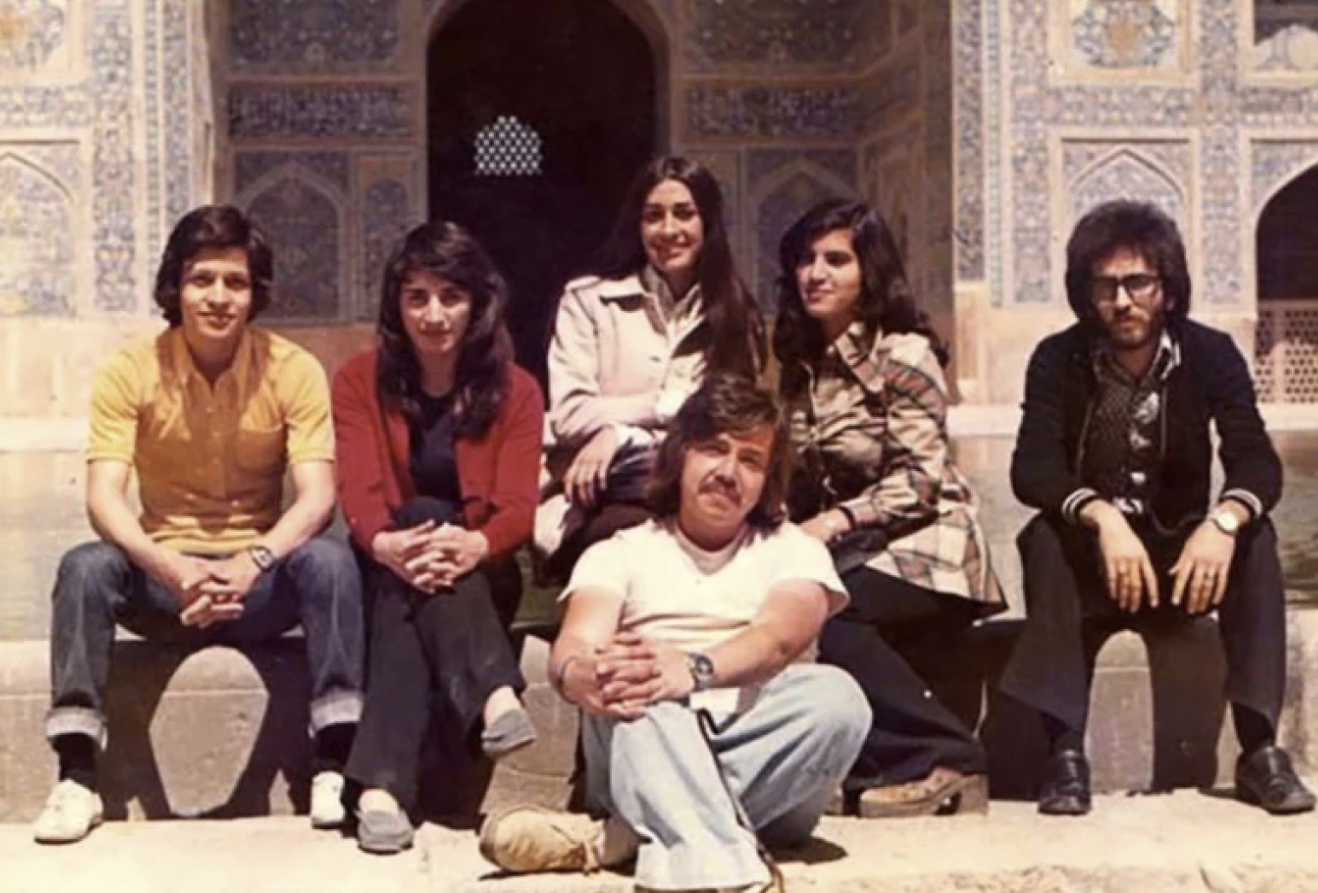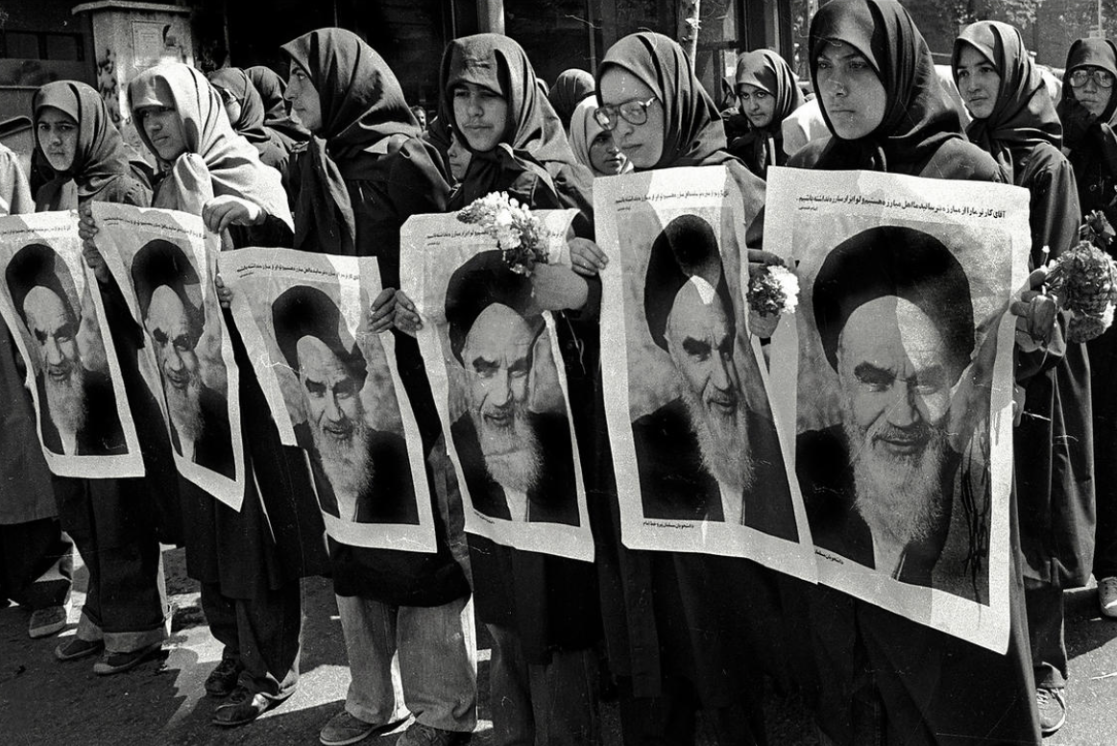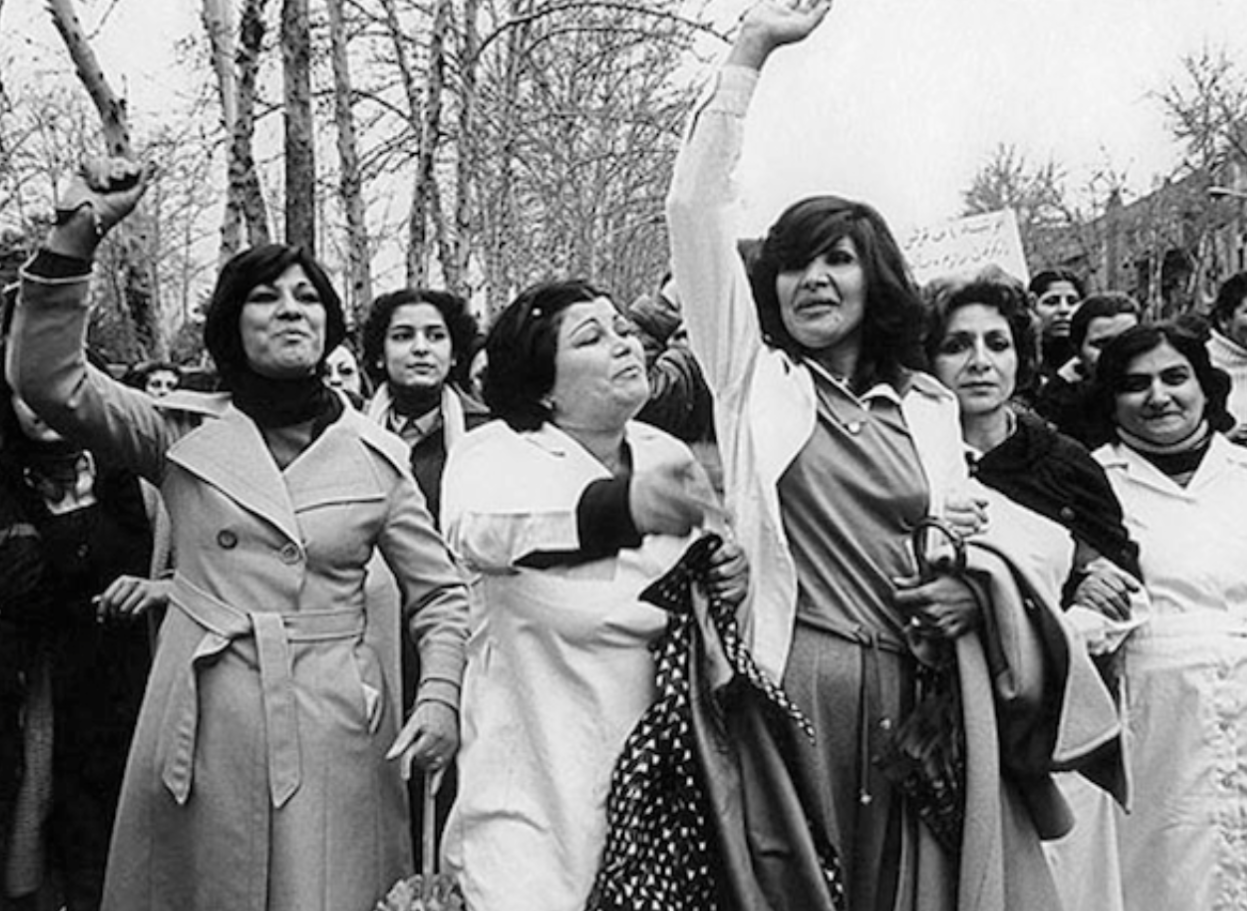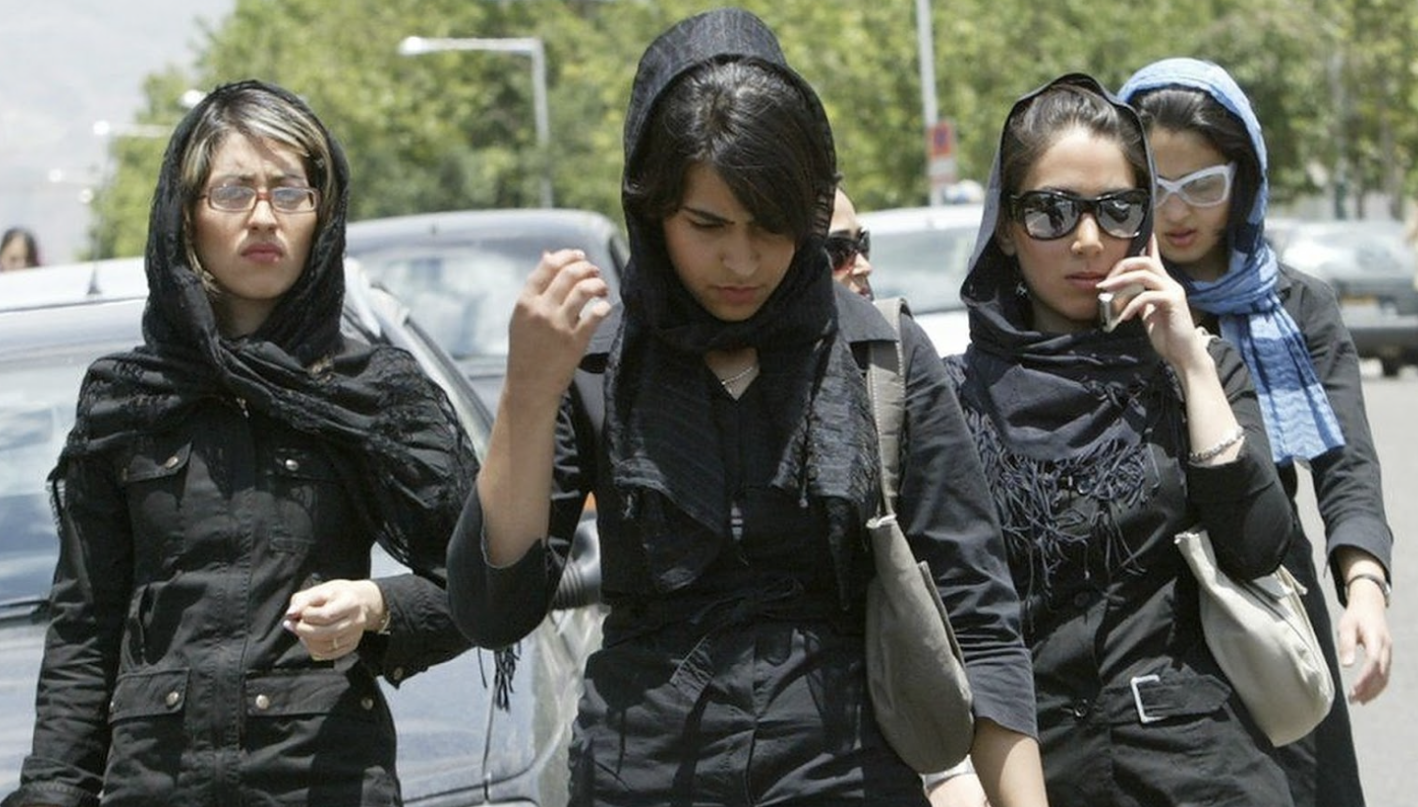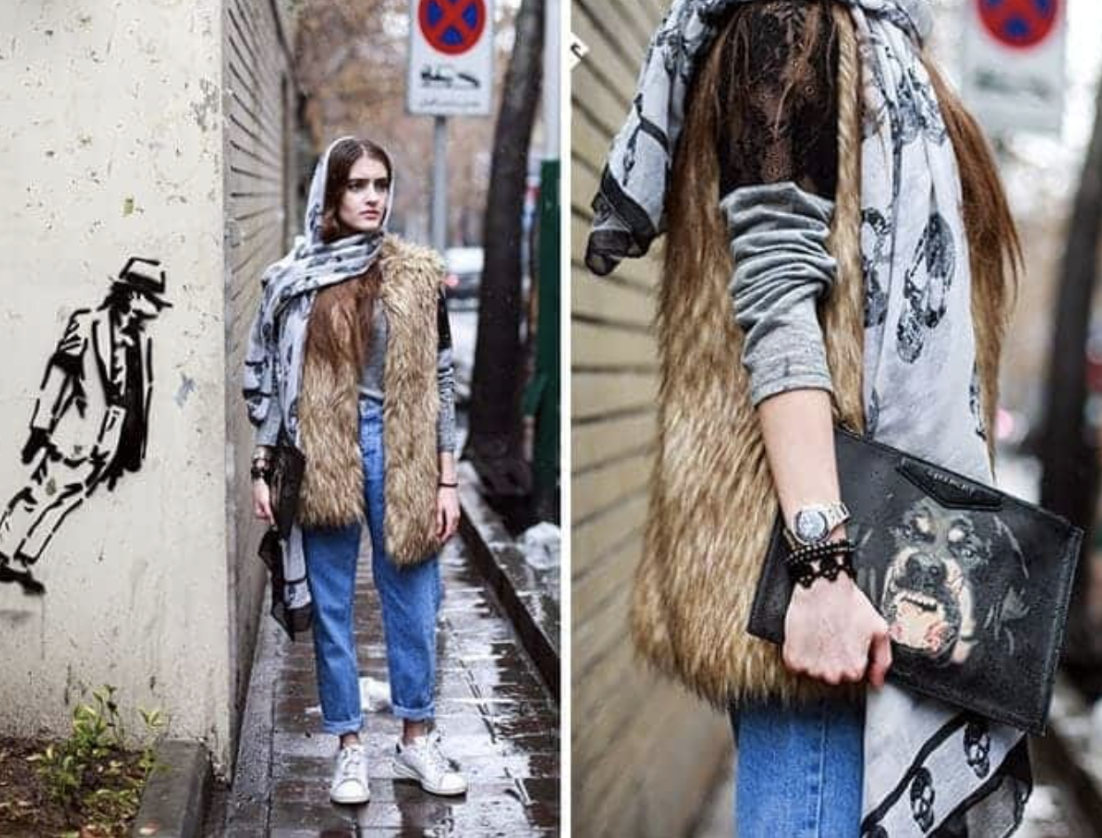Unveiling Creativity
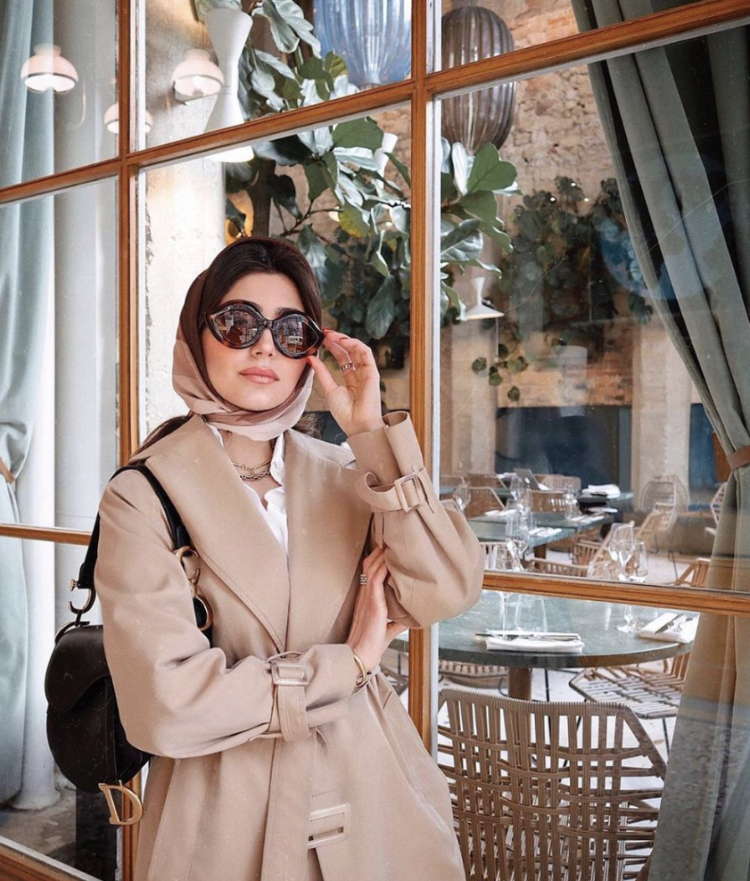
Fashion and style expression has always been a complicated issue in Iran, given its dramatic history. From a country ruled by various monarchies, dynasties, and traditions, to becoming a nation controlled by an Islamic regime, Iran has undergone many cultural changes. Today, Iranian women are learning to combine the laws of Islam imposed on them with Western trends, which has resulted in a new wave of fashion in Iran. It has created a space for emerging Iranian designers and creatives who hope to change the face of the fashion industry in the country.
Two important factors that play into this topic within the Iranian community are politics and religion. Once an empire ruled by the powers of the ancient Iranian religion Zoroastrianism, the Arab invasion that took place in 7th century Persia led to most of the population converting to Islam, forever changing its cultural atmosphere. With Islam embedding itself into Iranian society, the attitudes towards clothing and style, especially for women, were drastically transformed.
Aside from clothing, hair is the main factor impacting fashion in Iran. Generally we associate hair with a certain identity; the way we style it, colour it, wear it, it’s all a symbol of who we are as a person and the culture that we represent. Even though hair is generally non-provocative, the symbolism behind female hair has been highly sexualized and is seen as a form of sexual power over men. Though the holy Qur’an only states that women should cover their necks and bosom, veiling has become a practice within Muslim communities for centuries. The veil is another important aspect when it comes to analysing the evolution of fashion in Iran. It has played an interesting role in establishing political power by Iran’s rulers and has created a forever ongoing debate on the freedom of choice and expression of the women of Iran. The timeline within the last century surrounding the chapters of history concerning women’s clothing in Iran has scripted the narrative of millions of women and the unique experiences as well as emotions they have faced through these life-altering shifts.
Iran 90 Years Ago: A Veil-Free Country Under Reza Shah’s Reign
On January 7th, 1936, Reza Shah made the decision to abolish the traditional Islamic veil in Iran, meaning that no woman was allowed to wear a head covering in public. As a ruler, Reza Shah’s goal was to transform Iran into a modern and progressive state. He believed that the Iranian hijab served as a sign of “backwardness” in society, and therefore pushed for the Westernization of women’s fashion in Iran. The ban, also called "kashf-e hijab", took a toll on many Iranian women, since before Reza Shah’s reign Iran’s population was very much religious and adhered to true Islamic values. The king had ordered guards to forcibly unveil women in public, which felt like a moral violation to those who saw the veil as a source of respect and protection. These laws put many women through emotional distress and even led to their social isolation, as they refused to leave their houses without having their hair covered.
The law gave a new face to the country, making unveiled Iranian women a symbol of education, liberation, and modernization. It transformed the way women dressed, going from traditional chadors and head coverings to European-inspired garments, shoes, and accessories. Those who still wanted to cover their hair chose to wear hats that resembled those worn by the women of Paris and London.
Iranian Women After the Hijab Ban. Image via Iran International.
Iranian Woman During The Qajar Era, Before Hijab Ban. Image via Iran International.
Freedom Of Choice In Iran’s Most Modern Era Under The Last Shah
After Reza Shah was forced into exile in 1941, his eldest son Mohammad Reza Pahlavi took to the throne, beginning his reign as the final ruling monarch of Iran, and became the symbol of modernization in Iranian history. Under his rule, the veil became a choice; those who wanted could wear it, and those who didn’t embody a more western feminine look.
Two Iranian women by the Caspian Sea during the era of Mohammad Reza Shah. Both are enjoying the beach peacefully side by side in their clothing of choice. Via @ninaansary on Instagram.
Even though the choice had reappeared for women again, the reality was that the social meaning tied to the type of clothing women chose to wear defined the way they were perceived within Iranian society. Veiled women were not seen to be “modern” but rather traditional, regardless of their background and education levels. However, unveiled women were seen to be the ideal of modernity. Therefore, fashion became the main indicator of modernity and class. By the 1960s and 70s, Iran had entered its golden era, and the women embraced Western dress, hair, and makeup trends more than ever and styled mini-skirts and dresses from the latest runway shows in Paris and Milan.
Zan-e-Rooz” Magazine Cover showcasing the Miss Iran’s 1978 Competition Finalists. Image via Peta Pixel.
A young crowd in Iran circa 1970. Style resembles what youngsters were wearing in New York or Paris. Image via Peta Pixel.
Even though Westernization in Iran was contributing largely to its growth and development, there was a significant level of dissatisfaction throughout the 1970s. Islamic values seemed to be lost via the rapid social change surrounding the communities in Iran, which enraged Islamist dissidents. Through this opposing force came a wave of re-establishing the appearance of the authentic Muslim woman. The years leading up to the Islamic Revolution of 1979 were surrounded by rejections of cultural imperialism and breaking free from the Western way of life, which they claimed was the main source of oppression of Iranian women.
The Islamic Revolution of 1979: Nothing But The Veil for Iranian Women
After bringing an end to the Pahlavi dynasty and abolishing the monarchy system in Iran, the new regime led by Ayatollah Ruhollah Khomeini established strict clothing laws for women as well as men. By the early 1980s, Iranian women had switched out their dresses, crop-tops, and hair accessories with manteaus, headscarves, and chadors. Many women rejected the mandatory hijab, taking to the streets to protest. But it was too late for the Iranian women, as the establishment of the Islamic Republic defined the end of the era of freedom of choice.
Veiled Iranian women marching with portraits of Khomeini in support of the newly established Islamic Republic. Image via Alfred Yaghobzadeh.
Iranian women protesting the mandatory hijab laws. Image via The Guardian.
The Westernized Woman was no longer glorified within society, but rather discouraged and, essentially, banned. Those who refused to veil were known to be anti-revolutionary and anti-Islamic. The compulsory hijab changed the face of fashion and the way Iranian women expressed themselves. The hijab embodied true Islam and did a good job at covering female hair.
Modern-Day Iran: Creativity and Resistance That Led to a New Era of Fashion
By the late 1980s, the laws surrounding the compulsory hijab remained the same, but the women of Iran have found ways to express themselves through them anyway. With some acts of bravery but also loosening of the strictness, Iranian women were able to show more hair and incorporate colour, design, and style to the limited clothing items they are allowed to wear in the country. They started wearing extravagant amounts of makeup and painted their nails the most eye-catching colours in order to stand out. Women started to become more open with rejecting the strict clothing laws in the 90s and have continued to do so up until today. In modern-day Iran, fashion is not only a source of expression, but a manner of silent protest and rejection.
Tehran circa 2005: Iranian women are seen wearing loose scarves and fitted manteaus (BEHROUZ MEHRI/AFP/GETTY IMAGES)
Tehran 2017: Young woman poses in the streets of Tehran with a very modern outfit. Image via The Tehran Times.
Even though the country is under severe sanctions, Iranian women still find a way to embody the image of a modern woman. Since the 2022 protests surrounding the death of Mahsa Amini and the laws surrounding women’s rights, people have become especially daring when it comes to clothing and style. Many women are seen without headscarves, some even sporting revealing clothes such as crop-tops under their short manteaus. Many see this era as the period of defying the laws surrounding dress in Iran, which many Iranian women are becoming a part of.
The cultural shifts surrounding clothing and veiling in Iran have put women through many emotional challenges within the last 90 years and continue to do so. Iranian women have shown their resilience and bravery time and time again. Fashion has never truly been taken seriously, but if there is anything the women of Iran have proven, it is the effective use of style as a silent way to express themselves.

